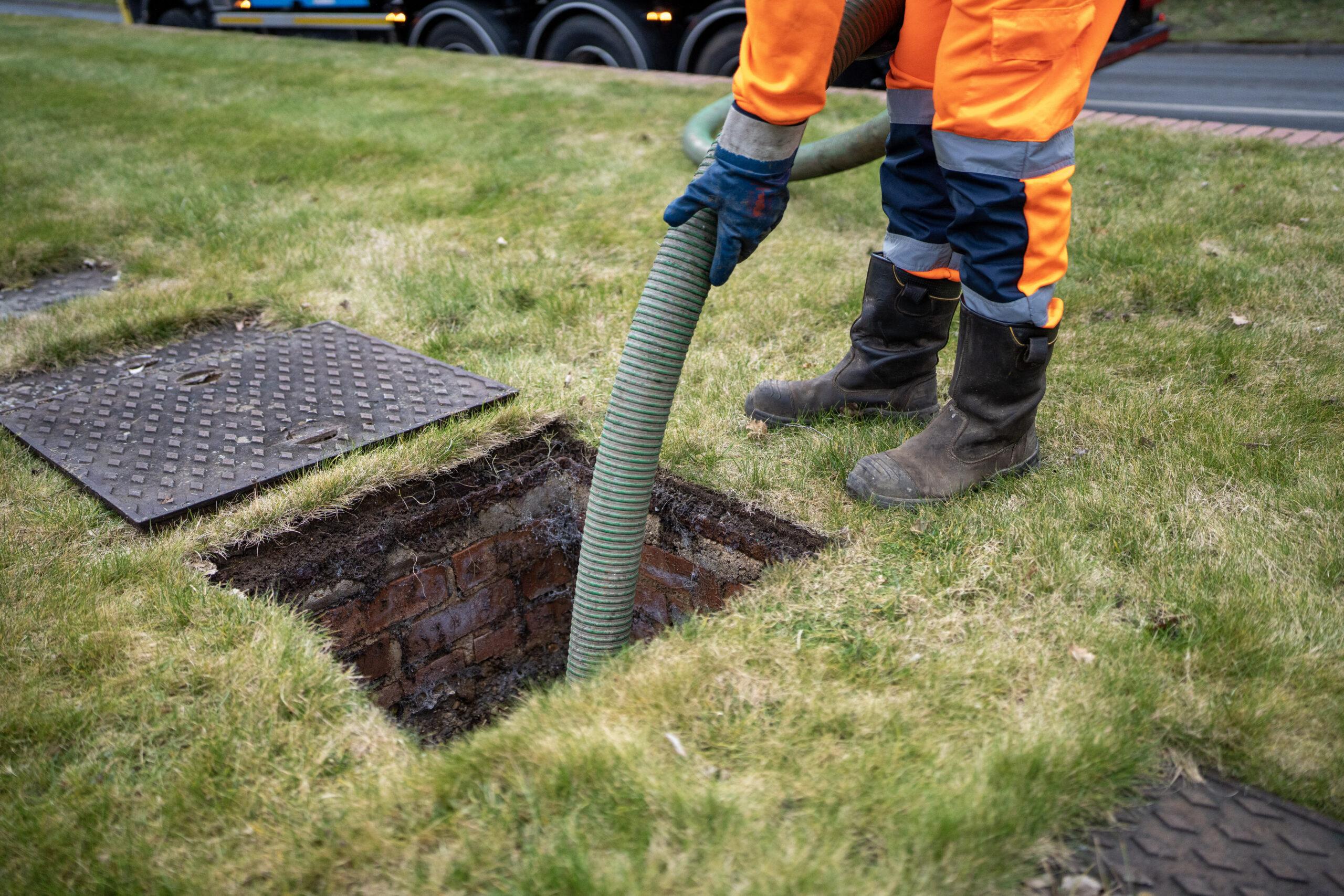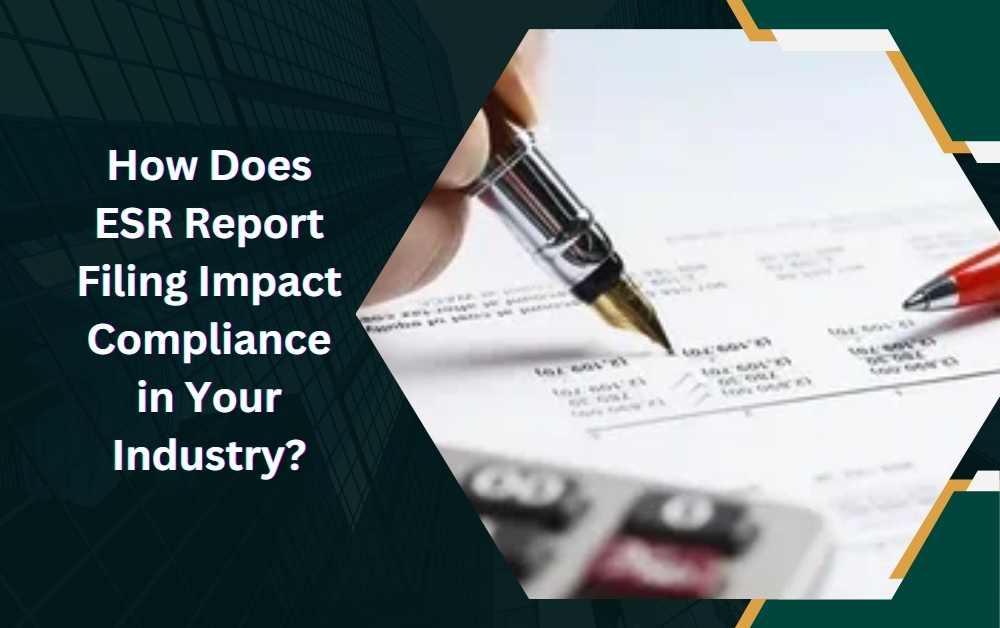Maintaining a cesspit is crucial for ensuring its functionality and longevity. Proper cesspit maintenance prevents costly repairs, protects the environment, and safeguards your property’s health. This comprehensive guide will provide you with essential tips for effective cesspit maintenance, helping you manage your waste system efficiently and avoid common pitfalls.
What is a Cesspit?
A cesspit, or cesspool, is a below-ground container used for collecting and storing wastewater and solid waste. Unlike a septic tank, which treats and partially decomposes waste, a cesspit simply holds the waste until it is removed. Regular cesspit maintenance is essential to prevent overflows, contamination, and other issues that can arise from improper care.
Why Cesspit Maintenance Matters
1. Prevents Overflows and Blockages
One of the primary reasons for regular cesspit maintenance is to prevent overflows and blockages. When a cesspit is not emptied or maintained properly, it can become full and overflow, leading to:
- Environmental Contamination: Overflowing waste can contaminate soil and groundwater, posing health risks to humans and wildlife.
- Property Damage: Excess waste can cause unpleasant odors and damage surrounding areas, affecting the aesthetics and functionality of your property.
2. Protects Public Health
A well-maintained cesspit helps protect public health by preventing the spread of harmful bacteria and pathogens. An overflowing or leaking cesspit can lead to:
- Waterborne Diseases: Contaminated water can carry diseases such as cholera and hepatitis, which can affect anyone coming into contact with the polluted water.
- Airborne Pathogens: Unpleasant odors and gases from a malfunctioning cesspit can affect respiratory health and overall well-being.
3. Avoids Costly Repairs
Regular maintenance can save you money by preventing costly repairs and replacements. A neglected cesspit may require expensive repairs or even complete replacement if significant issues arise.
Essential Tips for Effective Cesspit Maintenance
1. Schedule Regular Emptying
One of the most critical aspects of cesspit maintenance is scheduling regular emptying. How often you need to empty your cesspit depends on several factors:
- Size of the Cesspit: Larger cesspits hold more waste and may require less frequent emptying.
- Usage: High water usage or more waste production necessitates more frequent emptying.
A general guideline is to have your cesspit emptied every 6 to 12 months, but you should adjust this based on your specific circumstances. Regular emptying helps prevent overflows and ensures the cesspit functions efficiently.
2. Inspect and Clean Regularly
In addition to scheduled emptying, regular inspections and cleaning are crucial for maintaining your cesspit. During an inspection, look for:
- Cracks or Leaks: Check for any visible damage or leaks that could lead to problems.
- Blockages: Ensure that there are no obstructions in the cesspit or the connecting pipes.
Cleaning your cesspit involves removing any residual sludge and debris that may have accumulated. Proper cleaning helps maintain the system’s efficiency and prevents unpleasant odors.
3. Monitor for Warning Signs
Being vigilant for warning signs of cesspit issues can help you address problems before they escalate. Common signs that your cesspit may need maintenance include:
- Slow Drains: If wastewater drains slowly, it may indicate a blockage or other issue.
- Unpleasant Odors: Persistent foul odors can signal that the cesspit is full or malfunctioning.
- Standing Water: Pooling water around the cesspit can indicate an overflow or leak.
Addressing these signs promptly can prevent more significant problems and ensure your cesspit remains in good working condition.
4. Avoid Flushing Non-Biodegradable Items
To prevent blockages and other issues, avoid flushing non-biodegradable items down the toilet or sink. Items such as:
- Wipes and Diapers: Even those labeled as flushable can cause blockages.
- Grease and Oil: These substances can solidify and create clogs in the cesspit.
Only flush biodegradable materials and human waste to ensure that your cesspit operates efficiently and effectively.
5. Protect the Cesspit from Damage
Protecting your cesspit from physical damage can help prevent issues and extend its lifespan. Take the following precautions:
- Avoid Heavy Loads: Do not drive or park heavy vehicles over the cesspit area, as this can damage the structure.
- Proper Landscaping: Maintain landscaping around the cesspit to avoid root intrusion, which can cause blockages or damage.
Ensuring that your cesspit is well-protected helps maintain its integrity and functionality over time.
6. Use Professional Services
Engaging a professional cesspit maintenance service ensures that the job is done correctly and safely. Professional services offer:
- Expertise: Professionals have the knowledge and experience to handle cesspit maintenance effectively.
- Proper Equipment: They use specialized equipment to empty, clean, and inspect the cesspit.
Choosing a reputable service provider helps ensure that your cesspit is maintained to the highest standards, reducing the risk of problems and extending its lifespan.
7. Follow Local Regulations
Different regions may have specific regulations and guidelines for cesspit maintenance. Be sure to:
- Check Regulations: Familiarize yourself with local laws and requirements regarding cesspit maintenance and waste disposal.
- Compliance: Ensure that all maintenance activities are conducted in accordance with these regulations to avoid legal issues and environmental damage.
Adhering to local regulations helps ensure that your cesspit is managed properly and responsibly.
Benefits of Effective Cesspit Maintenance
1. Improved Functionality
Regular maintenance ensures that your cesspit operates efficiently, reducing the risk of overflows and blockages. This helps maintain a smooth and effective waste management system.
2. Enhanced Health and Safety
Proper maintenance protects public health by preventing contamination and exposure to harmful pathogens. It also minimizes unpleasant odors and environmental hazards.
3. Cost Savings
Timely maintenance helps avoid costly repairs and replacements, saving you money in the long run. Regular emptying and inspections prevent major issues that could require significant expenses.
4. Environmental Protection
Effective cesspit maintenance helps protect the environment by preventing soil and water contamination. This contributes to a cleaner, healthier ecosystem.
Conclusion
Effective cesspit maintenance is essential for ensuring the functionality, safety, and longevity of your waste management system. By scheduling regular emptying, inspecting and cleaning regularly, monitoring for warning signs, and using professional services, you can maintain a well-functioning cesspit that protects your property, health, and the environment. Stay proactive in your cesspit maintenance efforts to enjoy a smooth and efficient waste management system for years to come.



